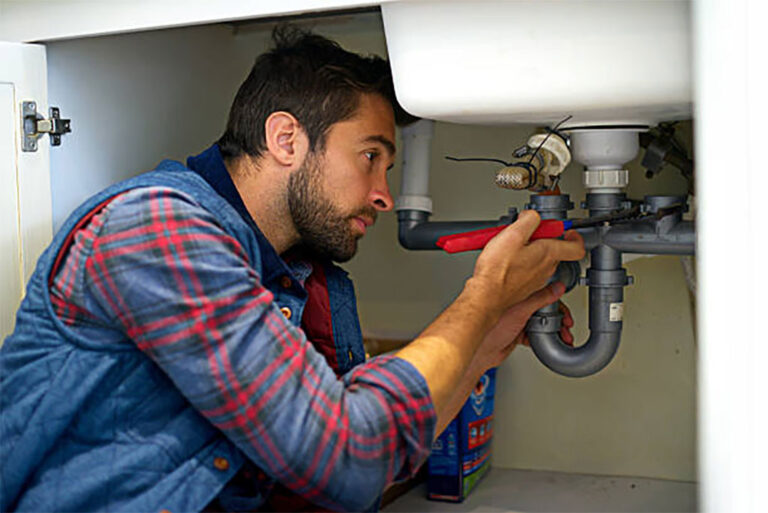
Dealing with plumbing problems can be stressful, but the relief that comes after fixing them is unmatched. After successfully resolving plumbing issues in your home, it’s important to take certain steps to ensure everything is back in order and to prevent future problems. In this blog post, Avery’s Plumbing shares helpful tips on what to do after fixing plumbing problems. By following these guidelines, you can enjoy peace of mind and maintain a well-functioning plumbing system.
-
Inspect the Repaired Area: Once the plumbing problem has been fixed, thoroughly inspect the repaired area to ensure everything is working as it should. Check for any signs of leaks, drips, or unusual sounds. Test faucets, toilets, showers, and any other affected fixtures to confirm they are functioning properly. If you notice any issues or have concerns, contact your plumber for further assistance.
-
Clean Up and Restore Affected Areas: Plumbing problems can often result in water damage or disruption to your living spaces. Take the time to clean up any water spills and dry out affected areas. Use appropriate cleaning methods to prevent mold growth or further damage. If necessary, consider hiring professionals for water damage restoration services. Restoring your home to its pre-plumbing problem condition will ensure a clean and safe environment.
-
Check Water Pressure and Flow: After fixing plumbing problems, check the water pressure and flow throughout your home. Make sure that the pressure is consistent and within the recommended range for optimal performance. If you notice any irregularities, such as low pressure or inconsistent flow, contact your plumber to investigate and resolve the issue promptly.
-
Monitor for Recurring Issues: Some plumbing problems may recur if the underlying cause isn’t fully addressed. Keep a close eye on the repaired area and surrounding plumbing to check for any signs of recurrence. Watch for leaks, water stains, unusual odors, or any other indications of a potential problem. If you notice any recurring issues, contact your plumber to investigate and address the root cause to prevent further complications.
-
Practice Preventive Maintenance: Preventive maintenance is key to avoiding future plumbing problems. Implement regular maintenance tasks such as cleaning drains, inspecting exposed pipes for signs of corrosion, and scheduling routine plumbing inspections. Additionally, educate yourself and your household members about proper plumbing practices, such as avoiding flushing non-flushable items down the toilet and being mindful of what goes down the drains. By practicing preventive maintenance, you can minimize the risk of future plumbing issues.
Successfully resolving plumbing problems is a significant achievement, but it’s equally important to follow through with post-plumbing problem actions. By inspecting the repaired area, cleaning up and restoring affected areas, checking water pressure and flow, monitoring for recurring issues, and practicing preventive maintenance, you can maintain a well-functioning plumbing system and prevent future problems. Remember, if you encounter any challenges or require professional assistance, don’t hesitate to contact the experts at Avery’s Plumbing.
